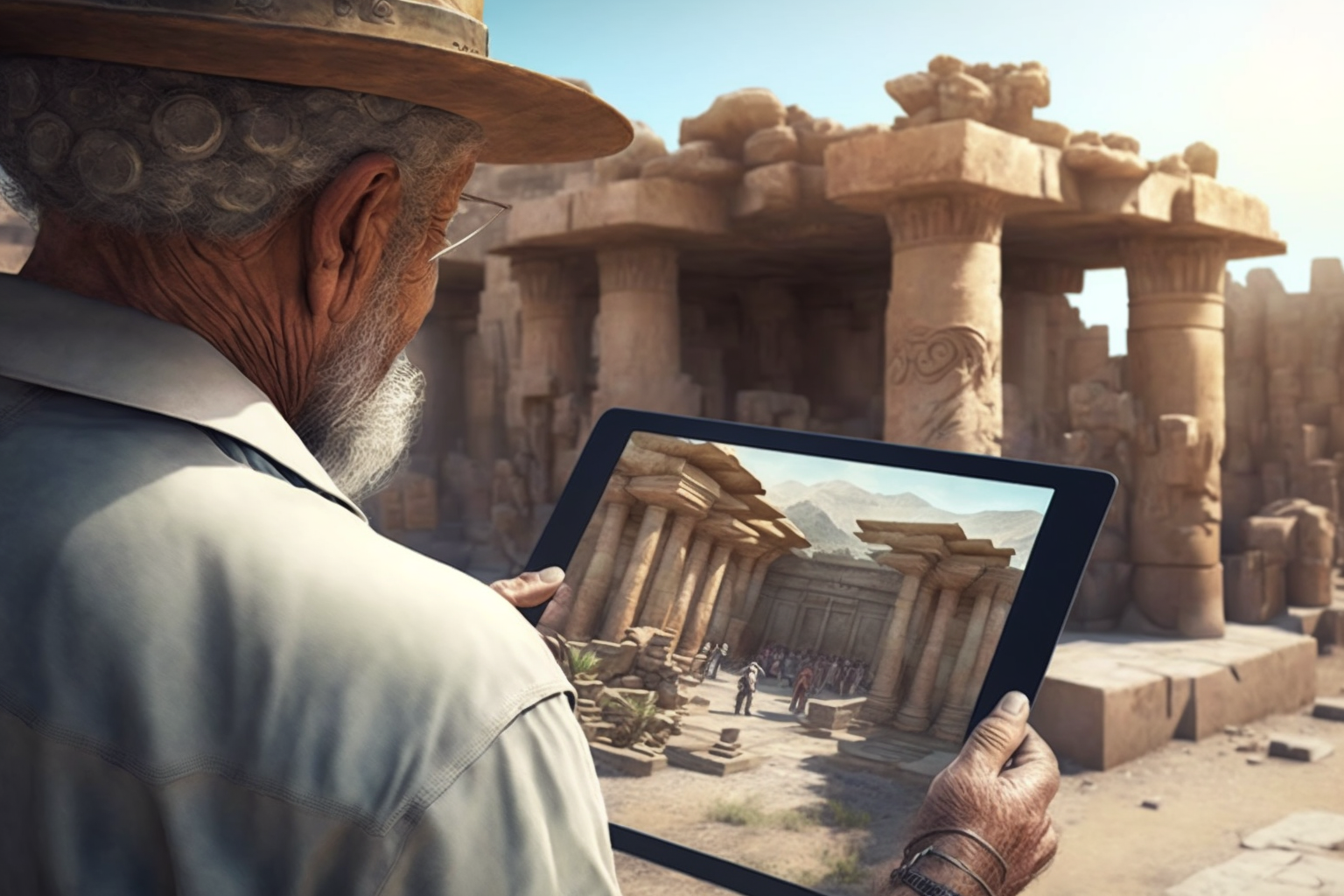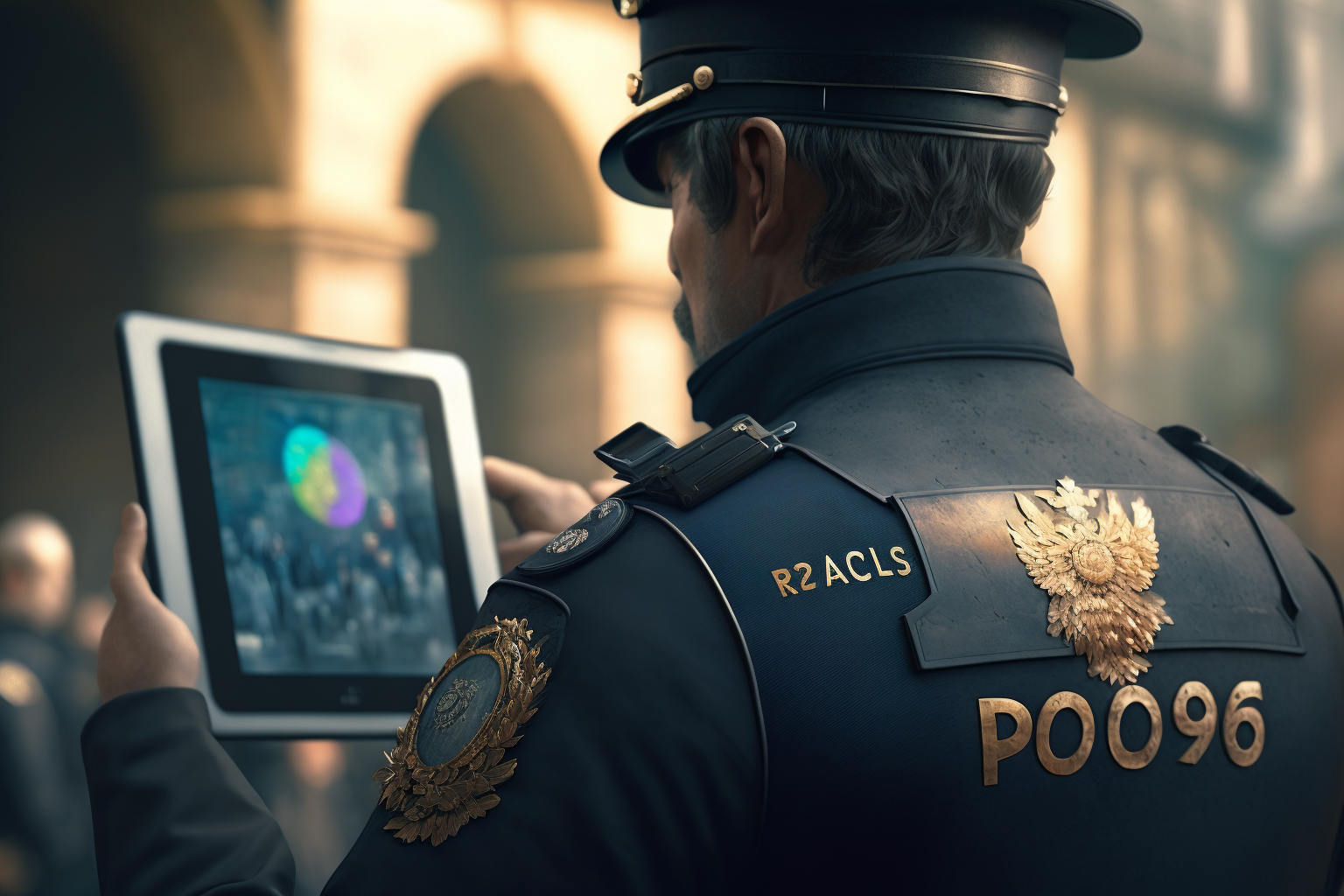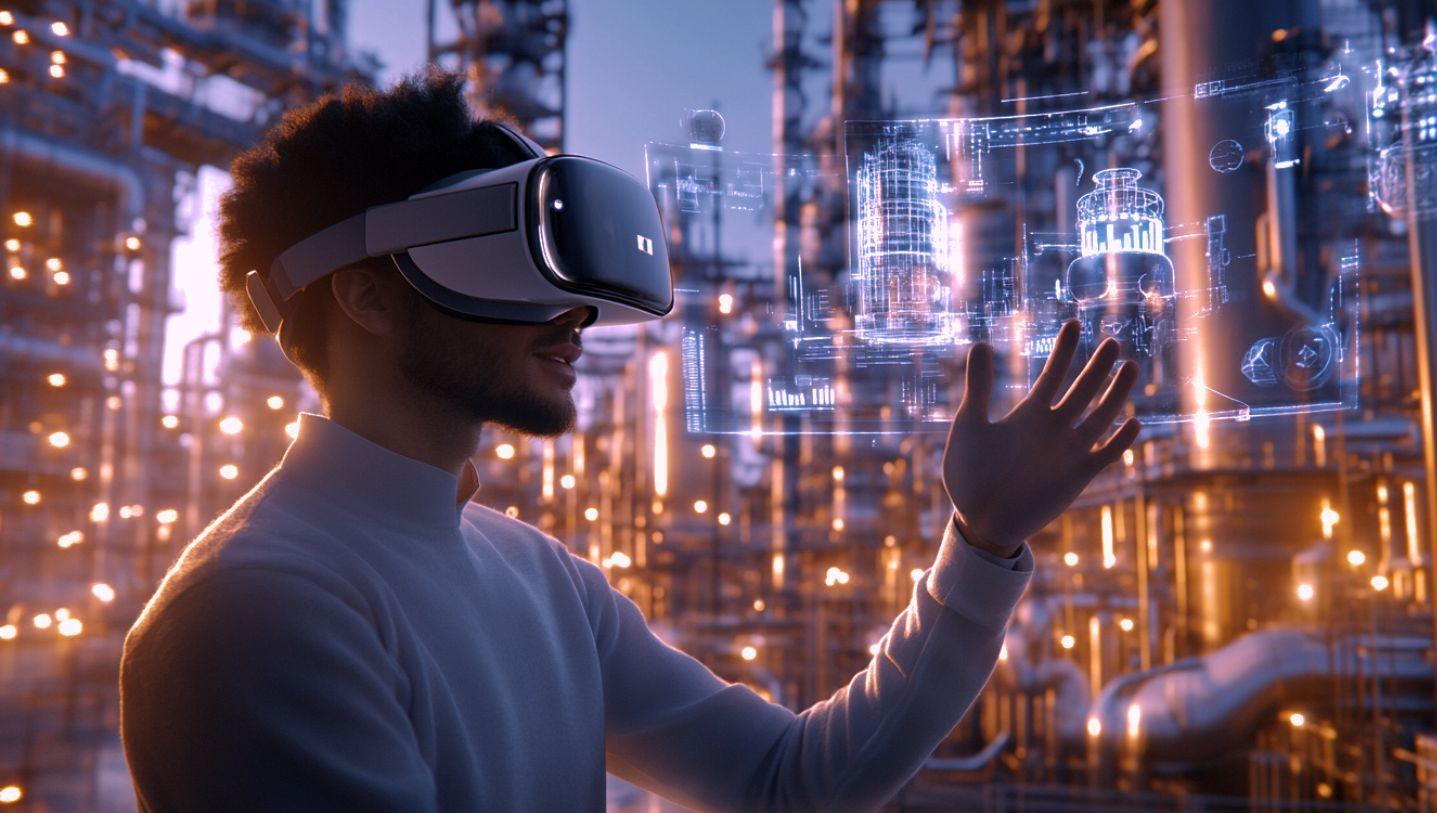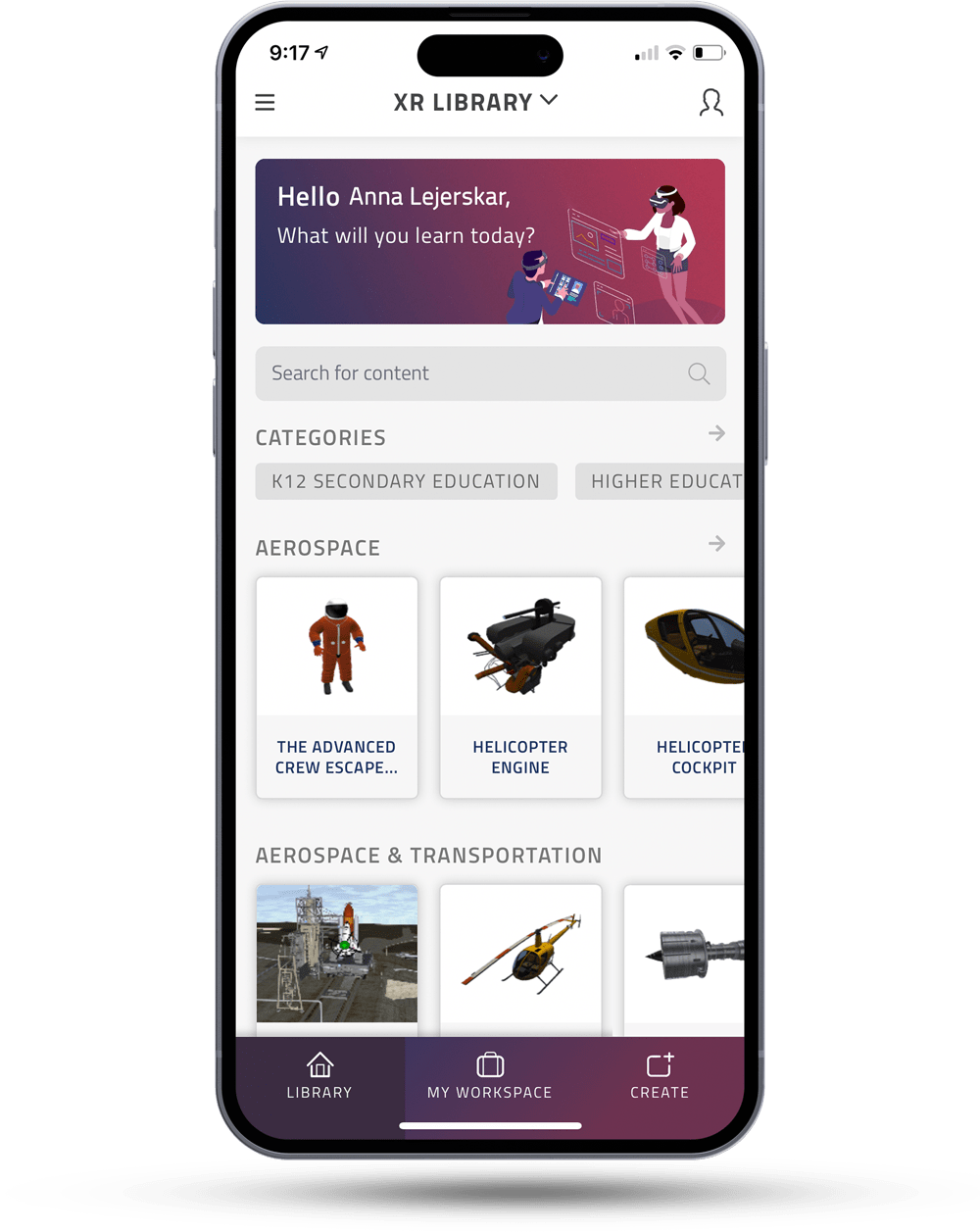 It’s an exciting time for virtual reality technologies, especially in the field of medicine and spinal cord injury related treatments.
It’s an exciting time for virtual reality technologies, especially in the field of medicine and spinal cord injury related treatments.
Recent studies were conducted at Duke University where researchers used trained monkeys to control a virtual monkey avatar to distinguish between different textures of virtual objects using only their brains. The monkeys were tested on their abilities to differentiate virtual textures that were different but similar in appearance. The monkeys did not use any physical part of their bodies, but rather controlled these virtual objects via brain waves. The texture of the virtual objects was expressed as a pattern of minute electrical signals transmitted to the monkeys’ brains.
Miguel Nicolelis, MD, PhD, professor of neurobiology at Duke University Medical Center feel that brain-machine-brain interface (BMBI) could be extremely promising in the treatment of human patients who must live with either temporary or permanent limited mobility.
«Someday in the near future, quadriplegic patients will take advantage of this technology not only to move their arms and hands and to walk again, but also to sense the texture of objects placed in their hands, or experience the nuances of the terrain on which they stroll with the help of a wearable robotic exoskeleton,» says Nicolelis.
Read the full article here.
Source: RedOrbit Staff & Wire Reports



















